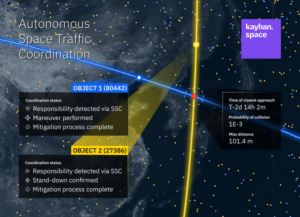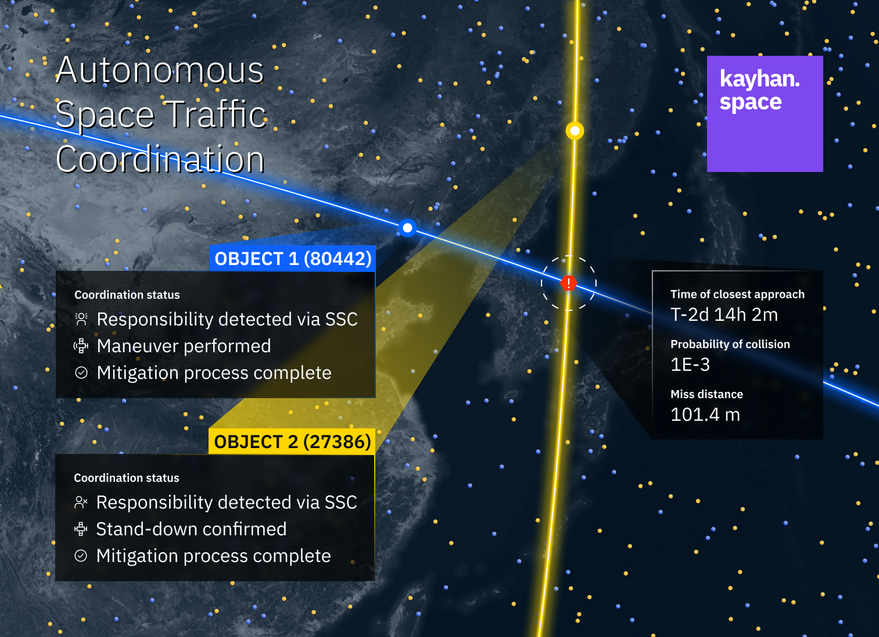Tiny sea creatures reveal the ancient origins of neurons
Wednesday, 20 September 2023 03:01
Barcelona, Spain (SPX) Sep 20, 2023
 A study in the journal Cell sheds new light on the evolution of neurons, focusing on the placozoans, a millimetre-sized marine animal. Researchers at the Centre for Genomic Regulation in Barcelona find evidence that specialized secretory cells found in these unique and ancient creatures may have given rise to neurons in more complex animals. Placozoans are tiny animals, around the size of a larg
A study in the journal Cell sheds new light on the evolution of neurons, focusing on the placozoans, a millimetre-sized marine animal. Researchers at the Centre for Genomic Regulation in Barcelona find evidence that specialized secretory cells found in these unique and ancient creatures may have given rise to neurons in more complex animals. Placozoans are tiny animals, around the size of a larg
 A study in the journal Cell sheds new light on the evolution of neurons, focusing on the placozoans, a millimetre-sized marine animal. Researchers at the Centre for Genomic Regulation in Barcelona find evidence that specialized secretory cells found in these unique and ancient creatures may have given rise to neurons in more complex animals. Placozoans are tiny animals, around the size of a larg
A study in the journal Cell sheds new light on the evolution of neurons, focusing on the placozoans, a millimetre-sized marine animal. Researchers at the Centre for Genomic Regulation in Barcelona find evidence that specialized secretory cells found in these unique and ancient creatures may have given rise to neurons in more complex animals. Placozoans are tiny animals, around the size of a larg Intelsat Inflight Connectivity expanded to all Airbus aircraft
Wednesday, 20 September 2023 03:01
McLean VA (SPX) Sep 20, 2023
 Intelsat, operator of one of the world's largest integrated satellite and terrestrial networks and leading provider of inflight connectivity (IFC), has announced that its multi-orbit network offerings, relying on LEO and GEO satellites, will be available to airlines and aircraft lessors through Airbus' Airspace Link (HBCplus) solution. Intelsat will be the largest service provider in the manufac
Intelsat, operator of one of the world's largest integrated satellite and terrestrial networks and leading provider of inflight connectivity (IFC), has announced that its multi-orbit network offerings, relying on LEO and GEO satellites, will be available to airlines and aircraft lessors through Airbus' Airspace Link (HBCplus) solution. Intelsat will be the largest service provider in the manufac
 Intelsat, operator of one of the world's largest integrated satellite and terrestrial networks and leading provider of inflight connectivity (IFC), has announced that its multi-orbit network offerings, relying on LEO and GEO satellites, will be available to airlines and aircraft lessors through Airbus' Airspace Link (HBCplus) solution. Intelsat will be the largest service provider in the manufac
Intelsat, operator of one of the world's largest integrated satellite and terrestrial networks and leading provider of inflight connectivity (IFC), has announced that its multi-orbit network offerings, relying on LEO and GEO satellites, will be available to airlines and aircraft lessors through Airbus' Airspace Link (HBCplus) solution. Intelsat will be the largest service provider in the manufac Terran Orbital announces pricing of Public Offering
Wednesday, 20 September 2023 03:01
Boca Raton FL (SPX) Sep 20, 2023
 Terran Orbital Corporation (NYSE: LLAP) has announced the pricing of its previously announced public offering of 23,214,290 shares of its common stock (or common stock equivalents in lieu thereof) and warrants to purchase up to 23,214,290 shares of common stock, at a combined public offering price of $1.40 per share (or common stock equivalent in lieu thereof) and accompanying warrant.
The
Terran Orbital Corporation (NYSE: LLAP) has announced the pricing of its previously announced public offering of 23,214,290 shares of its common stock (or common stock equivalents in lieu thereof) and warrants to purchase up to 23,214,290 shares of common stock, at a combined public offering price of $1.40 per share (or common stock equivalent in lieu thereof) and accompanying warrant.
The
 Terran Orbital Corporation (NYSE: LLAP) has announced the pricing of its previously announced public offering of 23,214,290 shares of its common stock (or common stock equivalents in lieu thereof) and warrants to purchase up to 23,214,290 shares of common stock, at a combined public offering price of $1.40 per share (or common stock equivalent in lieu thereof) and accompanying warrant.
The
Terran Orbital Corporation (NYSE: LLAP) has announced the pricing of its previously announced public offering of 23,214,290 shares of its common stock (or common stock equivalents in lieu thereof) and warrants to purchase up to 23,214,290 shares of common stock, at a combined public offering price of $1.40 per share (or common stock equivalent in lieu thereof) and accompanying warrant.
The Iridium and McQ develop remote monitoring solution for Canadian Armed Forces in the Arctic
Wednesday, 20 September 2023 03:01
McLean, VA (SPX) Sep 20, 2023
 Iridium Communications Inc. (NASDAQ: IRDM) is proud to announce its partner McQ Inc., in collaboration with designer and manufacturer Barnacle Systems, has introduced a remote monitoring solution for fixed assets in the Arctic supporting the Department of National Defense and Canadian Armed Forces (DND/CAF).
BRNKL Arctic Deploy is an innovative solution for the DND/CAF to monitor and secur
Iridium Communications Inc. (NASDAQ: IRDM) is proud to announce its partner McQ Inc., in collaboration with designer and manufacturer Barnacle Systems, has introduced a remote monitoring solution for fixed assets in the Arctic supporting the Department of National Defense and Canadian Armed Forces (DND/CAF).
BRNKL Arctic Deploy is an innovative solution for the DND/CAF to monitor and secur
 Iridium Communications Inc. (NASDAQ: IRDM) is proud to announce its partner McQ Inc., in collaboration with designer and manufacturer Barnacle Systems, has introduced a remote monitoring solution for fixed assets in the Arctic supporting the Department of National Defense and Canadian Armed Forces (DND/CAF).
BRNKL Arctic Deploy is an innovative solution for the DND/CAF to monitor and secur
Iridium Communications Inc. (NASDAQ: IRDM) is proud to announce its partner McQ Inc., in collaboration with designer and manufacturer Barnacle Systems, has introduced a remote monitoring solution for fixed assets in the Arctic supporting the Department of National Defense and Canadian Armed Forces (DND/CAF).
BRNKL Arctic Deploy is an innovative solution for the DND/CAF to monitor and secur Momentus to provide delivery service for Aarhus University payload
Wednesday, 20 September 2023 03:01
SAN JOSE, CA (SPX) Sep 20, 2023
 Momentus Inc. (NASDAQ: MNTS) has signed a contract with Aarhus University for transportation and orbital delivery services in late 2024. Aarhus University will be flying its DISCO-II payload designed to provide climate monitoring. The university's DISCO-I payload was placed into Low-Earth Orbit during the Vigoride-6 mission that launched in April 2023. DISCO is the Danish Students CubeSat Progra
Momentus Inc. (NASDAQ: MNTS) has signed a contract with Aarhus University for transportation and orbital delivery services in late 2024. Aarhus University will be flying its DISCO-II payload designed to provide climate monitoring. The university's DISCO-I payload was placed into Low-Earth Orbit during the Vigoride-6 mission that launched in April 2023. DISCO is the Danish Students CubeSat Progra
 Momentus Inc. (NASDAQ: MNTS) has signed a contract with Aarhus University for transportation and orbital delivery services in late 2024. Aarhus University will be flying its DISCO-II payload designed to provide climate monitoring. The university's DISCO-I payload was placed into Low-Earth Orbit during the Vigoride-6 mission that launched in April 2023. DISCO is the Danish Students CubeSat Progra
Momentus Inc. (NASDAQ: MNTS) has signed a contract with Aarhus University for transportation and orbital delivery services in late 2024. Aarhus University will be flying its DISCO-II payload designed to provide climate monitoring. The university's DISCO-I payload was placed into Low-Earth Orbit during the Vigoride-6 mission that launched in April 2023. DISCO is the Danish Students CubeSat Progra Spending time in space can harm the human body
Wednesday, 20 September 2023 03:01
Gainesville FL (SPX) Sep 20, 2023
 When 17 people were in orbit around the Earth all at the same time on May 30, 2023, it set a record. With NASA and other federal space agencies planning more manned missions and commercial companies bringing people to space, opportunities for human space travel are rapidly expanding.
However, traveling to space poses risks to the human body. Since NASA wants to send a manned mission to Mar
When 17 people were in orbit around the Earth all at the same time on May 30, 2023, it set a record. With NASA and other federal space agencies planning more manned missions and commercial companies bringing people to space, opportunities for human space travel are rapidly expanding.
However, traveling to space poses risks to the human body. Since NASA wants to send a manned mission to Mar
 When 17 people were in orbit around the Earth all at the same time on May 30, 2023, it set a record. With NASA and other federal space agencies planning more manned missions and commercial companies bringing people to space, opportunities for human space travel are rapidly expanding.
However, traveling to space poses risks to the human body. Since NASA wants to send a manned mission to Mar
When 17 people were in orbit around the Earth all at the same time on May 30, 2023, it set a record. With NASA and other federal space agencies planning more manned missions and commercial companies bringing people to space, opportunities for human space travel are rapidly expanding.
However, traveling to space poses risks to the human body. Since NASA wants to send a manned mission to Mar AST SpaceMobile’s prototype satellite makes first 5G connection
Tuesday, 19 September 2023 23:04

LeoLabs, SAIC to develop space-tracking software platform
Tuesday, 19 September 2023 21:00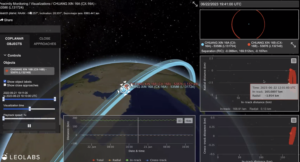
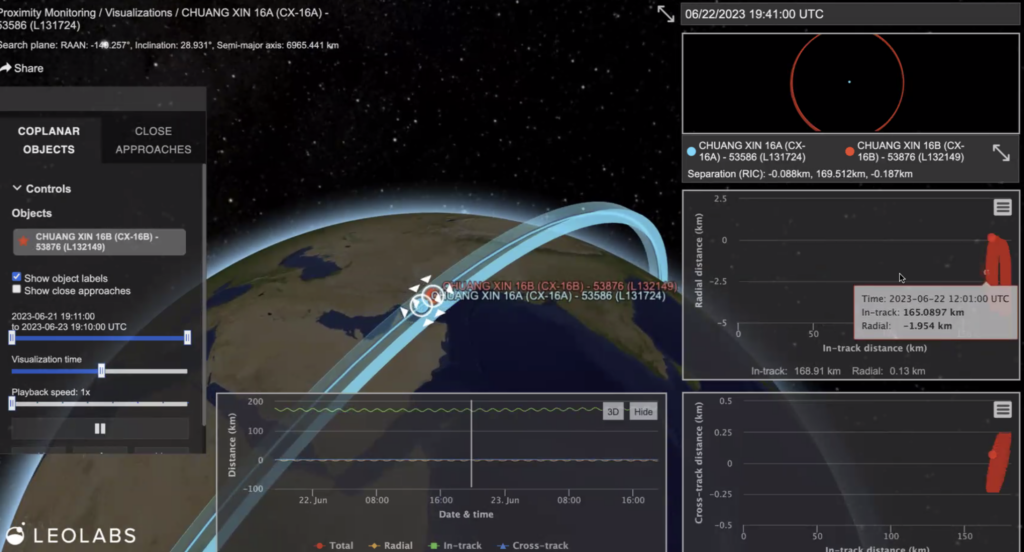
Spending time in space can harm the human body, but scientists are working to mitigate these risks
Tuesday, 19 September 2023 17:13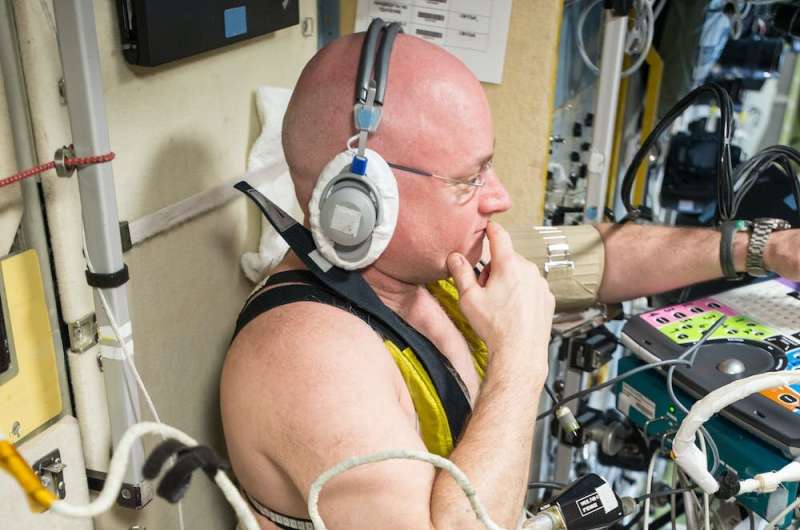
When 17 people were in orbit around the Earth all at the same time on May 30, 2023, it set a record. With NASA and other federal space agencies planning more manned missions and commercial companies bringing people to space, opportunities for human space travel are rapidly expanding.
However, traveling to space poses risks to the human body. Since NASA wants to send a manned mission to Mars in the 2030s, scientists need to find solutions for these hazards sooner rather than later.
CACI optical terminals pass initial tests required for Space Development Agency satellites
Tuesday, 19 September 2023 16:59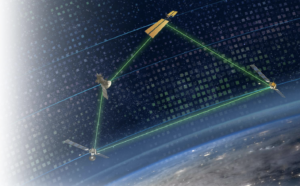
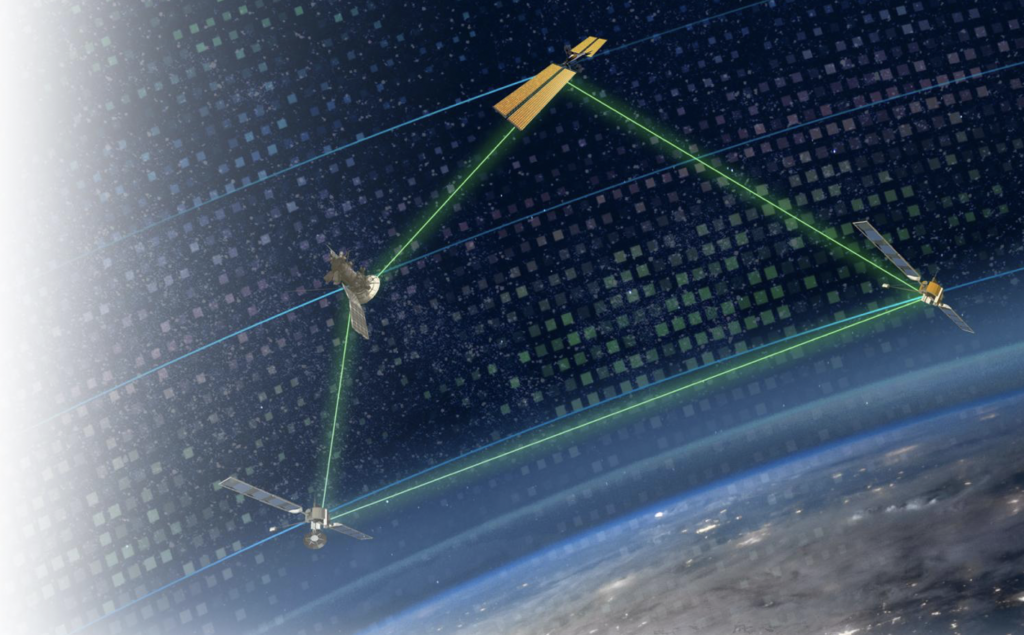
FAA seeks to wrap up Starship safety review in October
Tuesday, 19 September 2023 15:21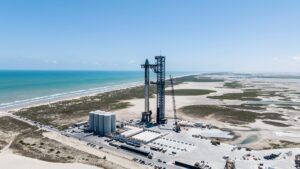
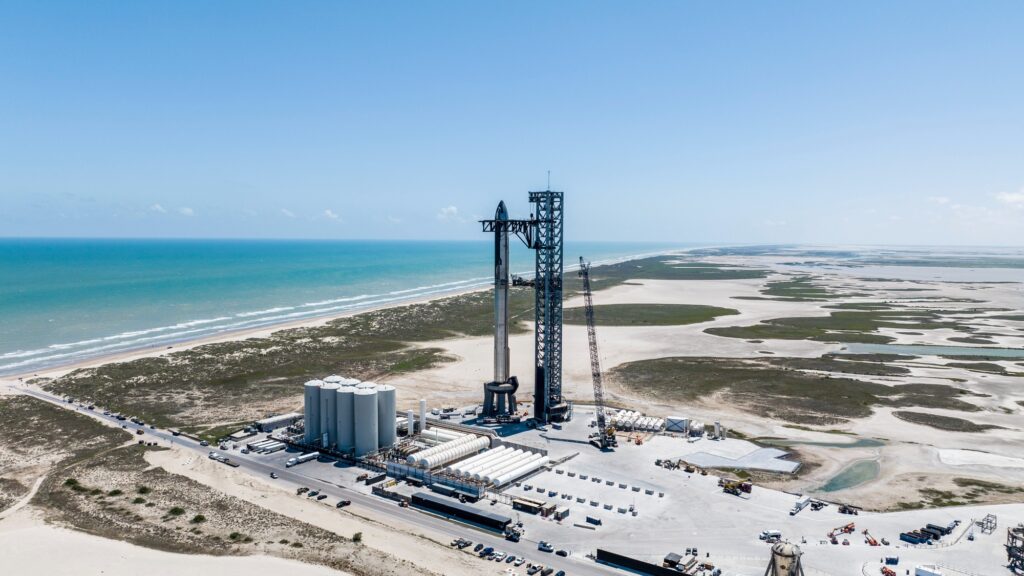
NB-IoT provider OQ Technology moves to next Arianespace Vega mission
Tuesday, 19 September 2023 14:35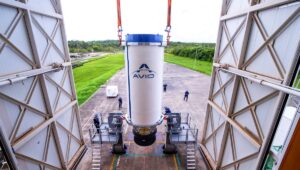
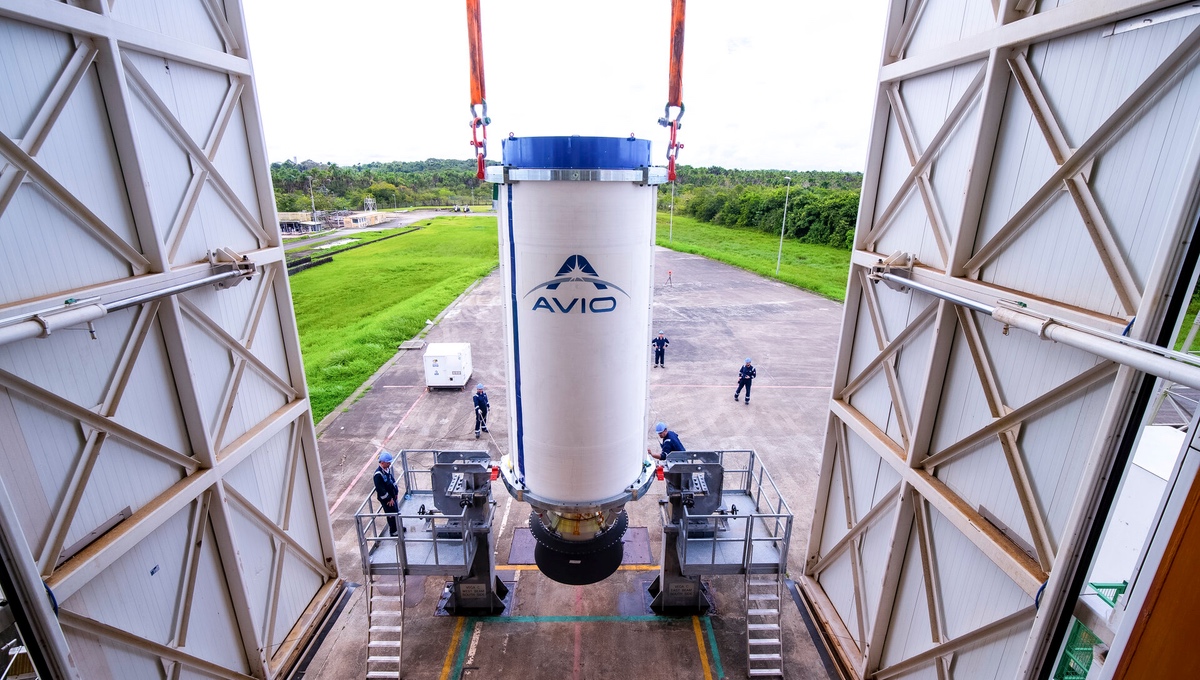
Public Invited to NASA’s Goddard Visitor Center to Celebrate Historic Asteroid Sample Delivery
Tuesday, 19 September 2023 13:00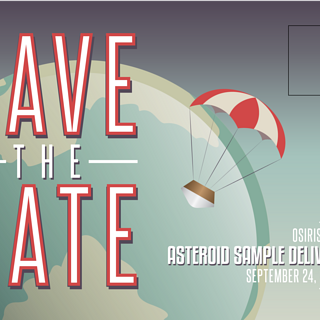 The public is invited to a watch party at NASA’s Goddard Visitor Center, Greenbelt, Maryland to celebrate the first U.S. mission, OSIRIS-REx, to collect a sample from an asteroid and deliver it to Earth on Sept. 24, 2023.
The public is invited to a watch party at NASA’s Goddard Visitor Center, Greenbelt, Maryland to celebrate the first U.S. mission, OSIRIS-REx, to collect a sample from an asteroid and deliver it to Earth on Sept. 24, 2023. Kayhan raises $7 million and offers autonomous traffic-coordination service
Tuesday, 19 September 2023 12:00